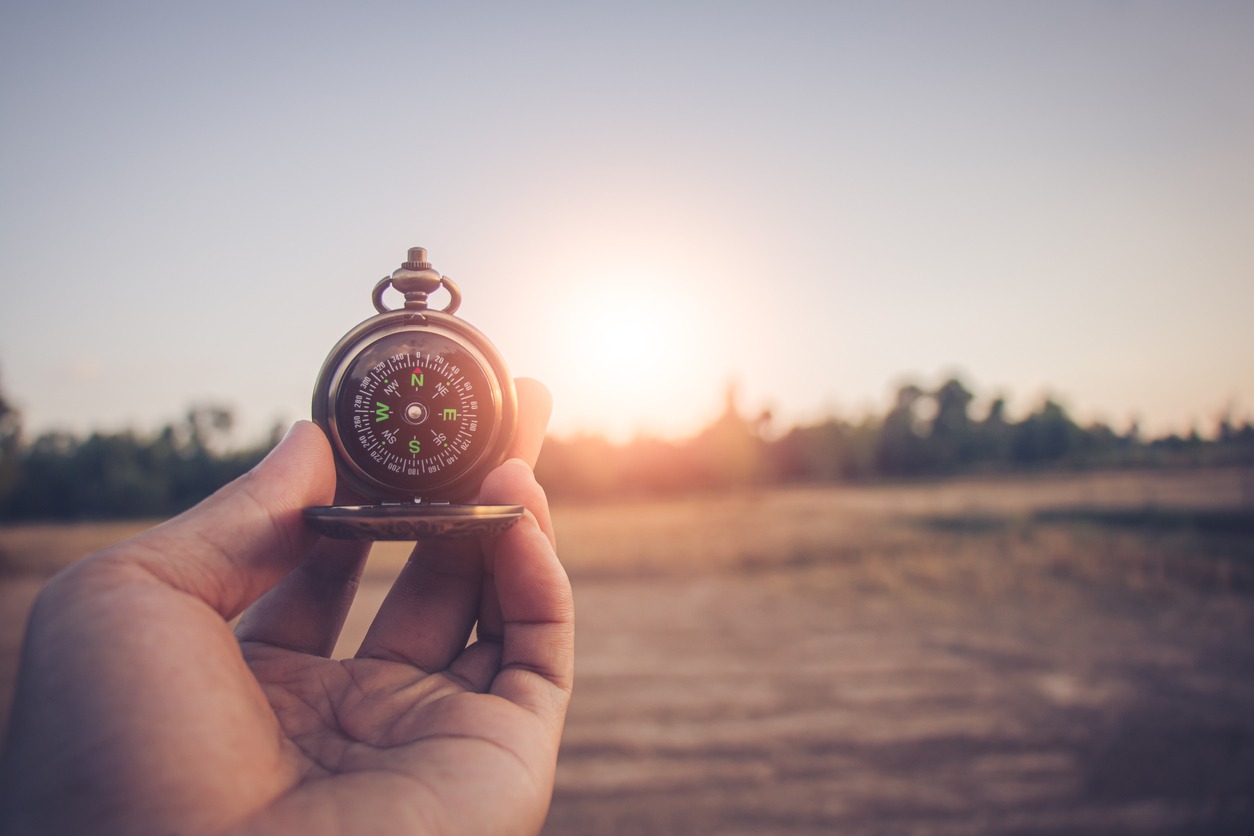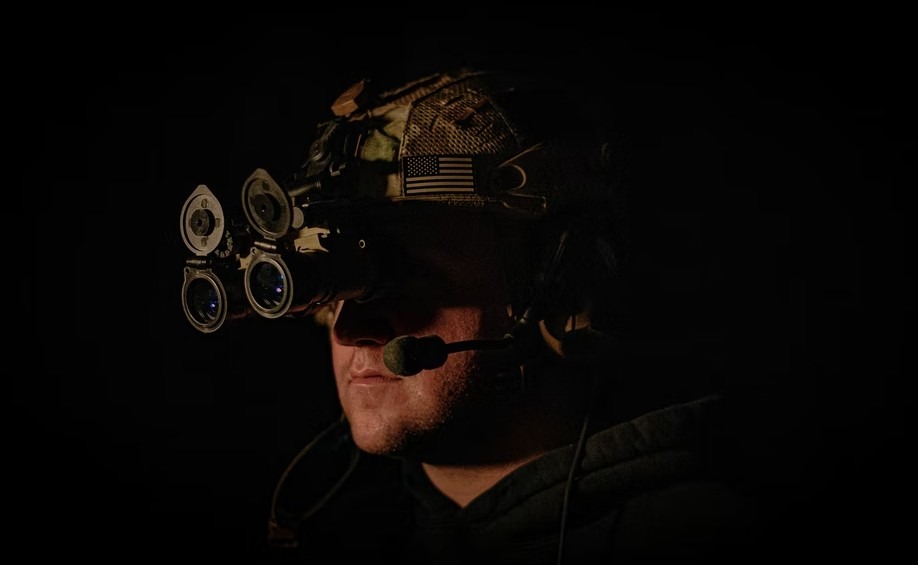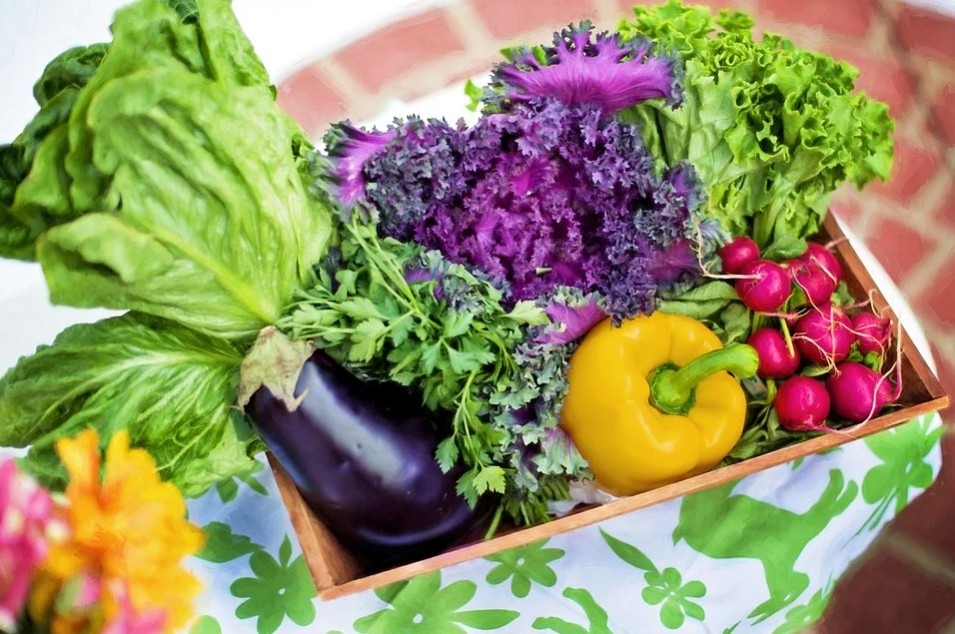What Is the Preppers Rule of 3?
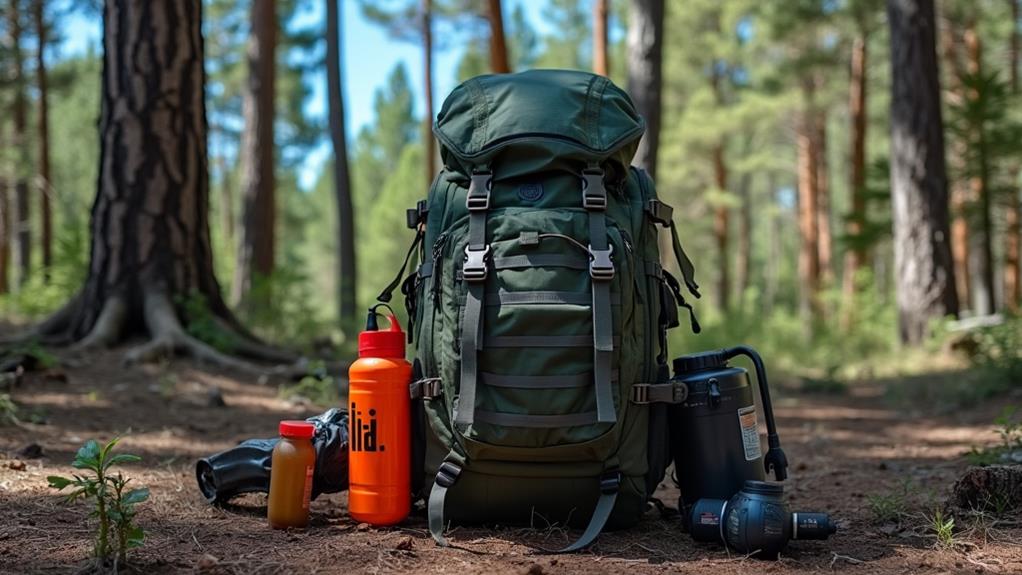
When it comes to survival, the Preppers Rule of 3 is a critical guideline. It highlights the order of priorities in life-threatening situations: you can't survive more than 3 minutes without air, 3 hours without shelter in extreme conditions, 3 days without water, and 3 weeks without food. Understanding these timeframes is crucial for effective preparation. Why are these specific durations so important, and how can you best prepare for each scenario? Read on to discover essential strategies that could be lifesaving in a survival situation.
Understanding the Rule of 3

Understanding the Rule of 3 is essential for anyone interested in survival strategies. This rule helps you prioritize your actions in life-threatening situations. The Rule of 3 outlines that you can survive for three days without water, making hydration a top priority. Without water, your body will begin to shut down, significantly reducing your chances of survival. Therefore, finding a clean water source should be your initial focus.
Shelter is the next critical element. In extreme environments, you can only endure for about three hours without adequate shelter before severe temperatures or weather conditions become life-threatening. Whether facing hypothermia in cold climates or heat exhaustion in hot ones, securing or constructing shelter should be one of your immediate actions.
Understanding these survival priorities allows you to make better decisions in emergency situations. The Rule of 3 guides you to focus on the most urgent needs: first water, then shelter. While food is important, you can survive up to three weeks without it, provided you have water and shelter. By adhering to the Rule of 3, you enhance your chances of surviving in any dire situation.
Air: The 3-Minute Limit
The Rule of 3 emphasizes that air is the most immediate need in survival situations, as you can only survive about three minutes without it. Your body requires a constant supply of oxygen to function, and without it, asphyxiation can occur quickly. Within just three minutes, a lack of oxygen can result in loss of consciousness and irreversible brain damage, making immediate action crucial.
In emergencies such as house fires, smoke inhalation is a leading cause of asphyxiation. Having an escape plan and knowing basic fire safety measures can save lives. Similarly, carbon monoxide—an odorless and colorless gas—can incapacitate you rapidly. Proper ventilation in enclosed spaces and carbon monoxide detectors are essential to prevent this silent killer from posing a threat.
If you encounter someone with an obstructed airway, quick action is vital. Techniques like the Heimlich maneuver can restore breathing within the critical three-minute window. Always be prepared to act swiftly because every second counts in ensuring access to breathable air during emergencies.
Shelter: Surviving 3 Hours
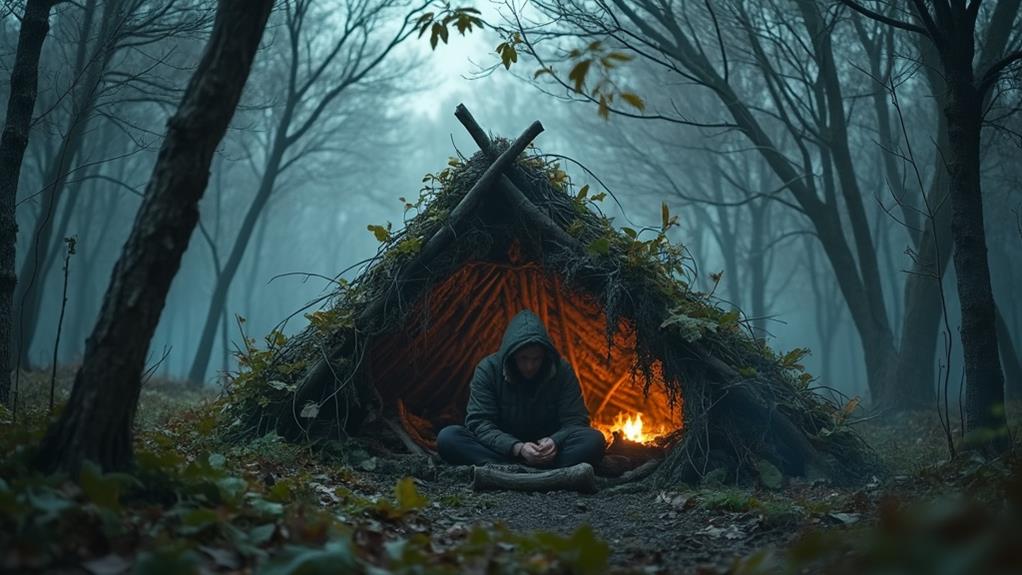
In extreme weather, you have about three hours to secure shelter before hypothermia or heat exhaustion becomes a serious threat. Quick action is essential: use natural materials or your clothing to create an emergency shelter that insulates and protects you. Prioritizing shelter immediately can maintain cognitive function and improve survival chances.
Importance of Quick Shelter
In survival situations, finding quick shelter is crucial because exposure to extreme temperatures can rapidly impair your bodily functions. You can only last about three hours without proper shelter in harsh conditions. Thus, building a shelter should be your primary priority.
Consider these urgent realities:
- Hypothermia Risk: In cold conditions, your body can lose heat quickly, leading to hypothermia, which can be fatal within hours.
- Heat Exhaustion: Hot environments can cause heat exhaustion or heat stroke, both of which are life-threatening if not addressed promptly.
- Element Protection: A shelter shields you from wind, rain, and snow, helping to maintain your core temperature.
- Wildlife Safety: It also provides a barrier against insects and wildlife, which can be imperative for your safety.
- Mental Stability: Knowing you have a safe place can reduce panic, keeping your mind clear to make better decisions.
In survival scenarios, focusing on building a shelter is not just about comfort; it's about ensuring your survival in the harsh environment you're facing.
Types of Emergency Shelters
Quick shelter is essential in extreme conditions. Your survival skills can significantly impact your ability to endure harsh environmental challenges. Below are some effective emergency shelters that can be constructed swiftly to help maintain body heat and shield you from the elements.
When choosing a location for any emergency shelter, opt for elevated areas to avoid flooding and steer clear of potential hazards like falling branches or wildlife. Quick shelters like tarps or emergency blankets are crucial for minimizing exposure and maintaining body heat in cold conditions. Your ability to quickly construct or find a suitable shelter can greatly influence your survival in extreme situations.
Clothing as Temporary Shelter
When faced with harsh conditions, your clothing can serve as a crucial line of defense, acting as temporary shelter to keep you alive during the critical initial three hours. To survive this period without proper shelter, you must rely on your clothing to maintain body temperature and protect against hypothermia.
Layering is essential. Start with an inner layer that wicks moisture away from your skin. The middle layer should insulate, trapping body heat. Finally, an outer layer must be windproof and waterproof to shield you from the elements. Each layer helps minimize heat loss, which is vital in severe weather conditions.
Using supplementary items like a Mylar blanket or poncho can significantly improve your warmth and protection. These materials reflect body heat back to you, enhancing your clothing's effectiveness. Staying dry is paramount; wet clothing can quickly draw heat from your body, increasing the risk of hypothermia.
- Panic sets in as the temperature drops.
- Every minute counts in extreme cold.
- Wet clothes can be a death sentence.
- Shivering uncontrollably is a warning sign.
- Hypothermia can strike quickly and silently.
Your clothing is your temporary shelter—use it wisely.
Water: The 3-Day Challenge
Understanding the prepper's rule of 3 highlights the urgency of securing a water supply during a survival situation. Humans can only survive approximately three days without water, and dehydration can quickly escalate from mild fatigue to life-threatening conditions. Therefore, identifying water sources and ensuring you have clean water is crucial.
In emergencies, untreated water can lead to illness, complicating survival efforts. Boiling water or using reliable filtration methods for purification is essential. Always carry enough water, but knowing how to procure and treat water in the wild can significantly extend your endurance. Here's a quick guide:
| Symptoms of Dehydration | Water Sources | Purification Methods |
|---|---|---|
| Mild Fatigue | Rivers and Streams | Boiling |
| Headaches | Rainwater Collection | Filtration Systems |
| Dizziness | Springs | Water Purification Tablets |
| Rapid Heartbeat | Lakes | UV Light Devices |
| Severe Health Risks | Snow and Ice | Chemical Treatments |
Hydration is critical. By understanding and applying these principles, you are better equipped to face the 3-day challenge without water. Your survival depends on accessing and maintaining a steady supply of clean, drinkable water.
Food: The 3-Week Threshold
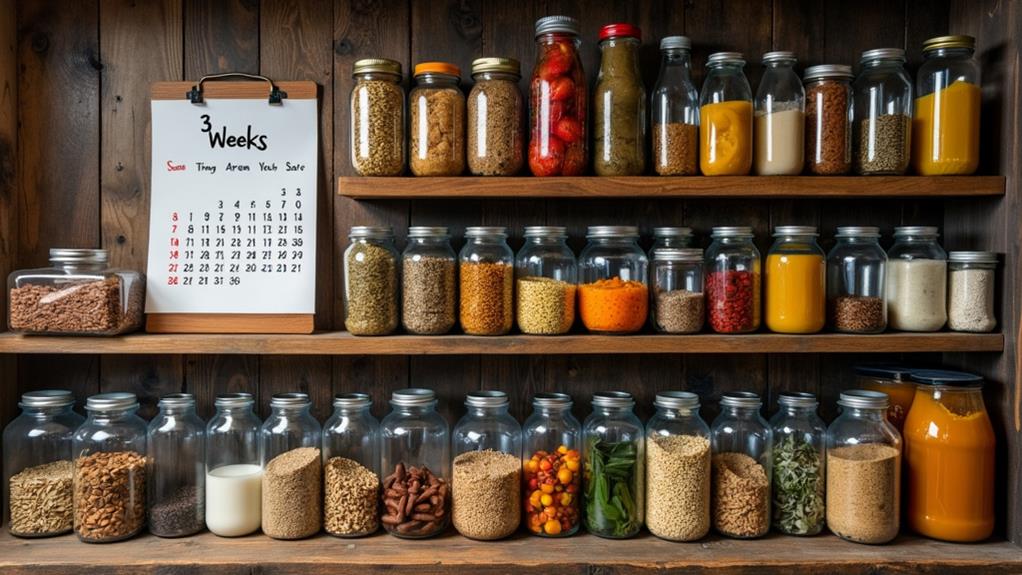
While securing water is a top priority, understanding the importance of food in a survival situation is equally essential. The Preppers' Rule of 3 states that you can survive for about three weeks without food if you have access to water and shelter. However, going weeks without food can severely impact your physical and mental health, diminishing your decision-making abilities and energy levels.
In extreme starvation scenarios, some individuals have managed to survive beyond 40 days through fasting, showcasing the body's adaptability. Still, this is far from ideal. In a survival situation, maintaining your energy is crucial. Strenuous activities without adequate calories can lead to rapid fatigue, making it even harder to find food and water.
Knowing how to forage for edible plants and insects can significantly extend your survival time. Here's why being prepared matters:
- Exhaustion: Lack of food quickly depletes your energy.
- Mental Decline: Inadequate nourishment affects your cognitive functions.
- Foraging Skills: Identifying edible plants can be lifesaving.
- Extended Survival: Proper knowledge can extend those crucial weeks.
- Hope: Every successful forage boosts your morale.
Prepare well, understand the 3-week threshold, and prioritize knowledge of foraging for edible plants to enhance your chances of survival.
Essential Survival Gear
When assembling your essential survival gear, prioritize items like reliable water filtration systems to ensure access to clean drinking water. Include emergency shelter options to protect against harsh weather and maintain body temperature. Don't forget crucial first aid supplies, such as Blood Stop pads and QuikClot, to effectively manage injuries and health issues.
Water Filtration Systems
Access to clean drinking water is vital in any survival situation, making water filtration systems an essential part of your preparedness plan. Without reliable access to clean water, hydration becomes a significant concern, especially when dealing with potentially contaminated sources. Portable filtration methods, such as pump filters and gravity-fed systems, effectively remove bacteria, protozoa, and sediment, ensuring the water is safe to drink.
Understanding the importance of these systems cannot be overstated. Slow sand water filtration, for example, uses natural processes to remove impurities, providing a steady supply of clean water over time. Knowledge of local water sources and how to effectively use these filtration techniques is also critical. An average person requires about 2.5 liters of water daily to stay hydrated.
Investing in quality water filtration systems enhances your self-sufficiency and preparedness, significantly reducing the risk of waterborne illnesses in emergencies. Consider the following benefits when preparing your water filtration plan:
- Peace of mind knowing your family is protected
- Increased chances of survival in harsh conditions
- Ability to utilize a range of contaminated sources
- Reduced dependency on external aid
- Improved self-reliance and confidence
Prepare now, so you're ready when it counts.
Emergency Shelter Options
In survival situations, having an emergency shelter can be crucial for your survival. Exposure to harsh elements can impair your ability to function within just three hours, so it's vital to find or construct protection quickly. You have several options: natural formations like caves or dense tree cover can provide immediate refuge. If those aren't available, improvising with tarps or ponchos can offer critical insulation and wind protection.
Carrying a lightweight emergency bivvy or space blanket in your survival gear is a wise choice. These items can greatly improve warmth and increase your survival chances if you're unexpectedly spending the night outdoors. Knowing how to use local materials like branches, leaves, and grasses to build a temporary shelter is similarly significant. These can help protect you from the weather and wildlife.
A multi-tool is invaluable in these scenarios. Its versatility aids in constructing shelters and performing other necessary tasks. Staying calm and methodical while you build a fire nearby will also help maintain body temperature and morale. Remember, an effective emergency shelter is your frontline defense against the elements in any survival scenario.
Essential First Aid Tools
Having an effective emergency shelter guarantees protection from the elements, but staying safe also means having the right first aid tools at your disposal. A well-stocked first aid kit is essential for addressing injuries and preventing infections. Items like adhesive bandages, antiseptic wipes, gauze pads, and medical tape are vital for treating minor wounds. Regularly check and replenish your supplies to ensure everything is within expiration dates.
In addition to basic supplies, include life-saving tools such as a tourniquet and blood stop pads. These tools help manage severe bleeding and can be crucial in emergency situations. Consider taking first aid training to learn the ABCDs (Airway, Breathing, Circulation, and Disability) - essential skills for evaluating and responding to life-threatening injuries.
Don't forget to pack medications like pain relievers, antihistamines, and any personal prescriptions. These can help manage health issues during prolonged survival scenarios. Keeping your first aid kit easily accessible is just as important as its contents.
Your first aid kit should convey:
- Protection
- Preparedness
- Peace of mind
- Safety
- Life-saving potential
Water Filtration Techniques
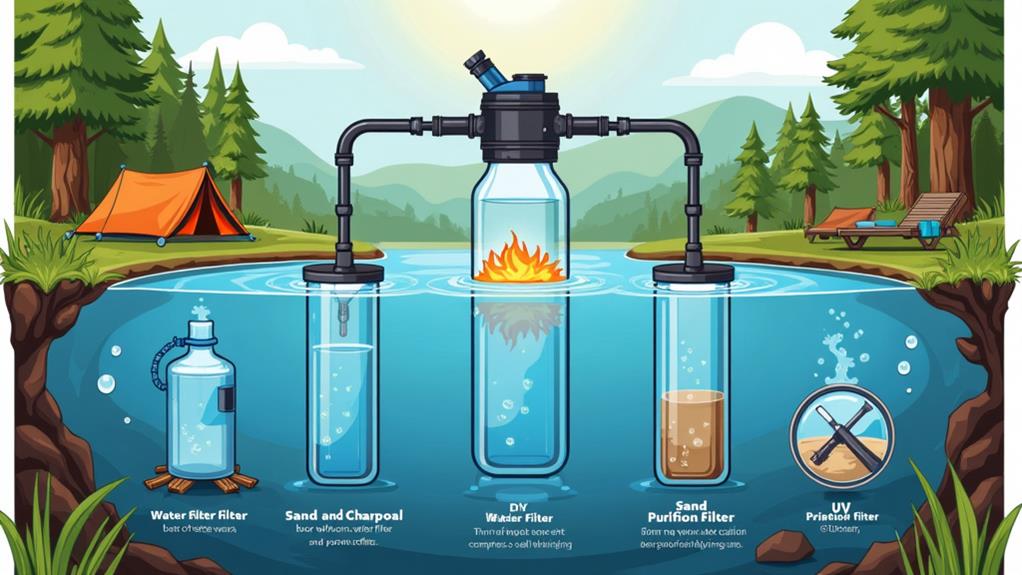
When considering water filtration techniques, you need reliable methods to ensure your water is safe for consumption. Boiling water is one of the simplest and most effective ways to secure clean drinking water. By boiling for at least one minute (three minutes at higher altitudes), you can kill bacteria, viruses, and parasites.
Another excellent method is UV light purification. This technique can eliminate up to 99.9% of harmful microorganisms by exposing the water to UV radiation, disrupting their DNA. It's quick and efficient, making it ideal for emergency situations.
Activated carbon filters are also invaluable. They improve the taste and odor of water while removing multiple chemical contaminants. These filters are commonly found in many portable water filtration systems, making them easy to use on the go.
Slow sand water filtration is a natural method that effectively removes pathogens and impurities using layers of sand and gravel. This sustainable method is perfect for long-term water purification.
Remember, even clear-looking water can harbor harmful microorganisms. Always use effective water filtration techniques to ensure your water is safe.
| Technique | Benefit |
|---|---|
| Boiling Water | Kills bacteria, viruses, and parasites |
| UV Light Purification | Eliminates up to 99.9% of harmful microorganisms |
| Activated Carbon Filters | Improves taste and removes chemical contaminants |
| Slow Sand Filtration | Removes pathogens and impurities naturally |
| Always Filter Water | Ensures safety despite clear appearance |
Psychological Resilience
Psychological resilience is crucial in survival scenarios, directly impacting your ability to make clear decisions under stress. Your emotional state can significantly affect your survival chances. A positive mental attitude not only helps you stay focused but also influences your physical health, enhancing your capacity to handle the physical demands of survival.
In high-pressure situations, quick decision-making is essential. For example, making life-or-death choices within three seconds requires a calm and focused mind. Maintaining hope is vital; without it, despair can set in, reducing your ability to survive. Research indicates that while people can endure up to three months without hope, the psychological toll is severe.
Practicing mindfulness and staying calm can help regulate your emotions, preventing panic. Several emotional triggers highlight the importance of psychological resilience:
- Isolation intensifies feelings of hopelessness.
- Fear clouds judgment and slows decision-making.
- Exhaustion weakens resolve and diminishes a positive mental attitude.
- Uncertainty leads to anxiety and poor choices.
- Despair saps the will to continue.
Strengthening psychological resilience is as significant as physical preparedness in any survival scenario.
Learning From Survival Stories
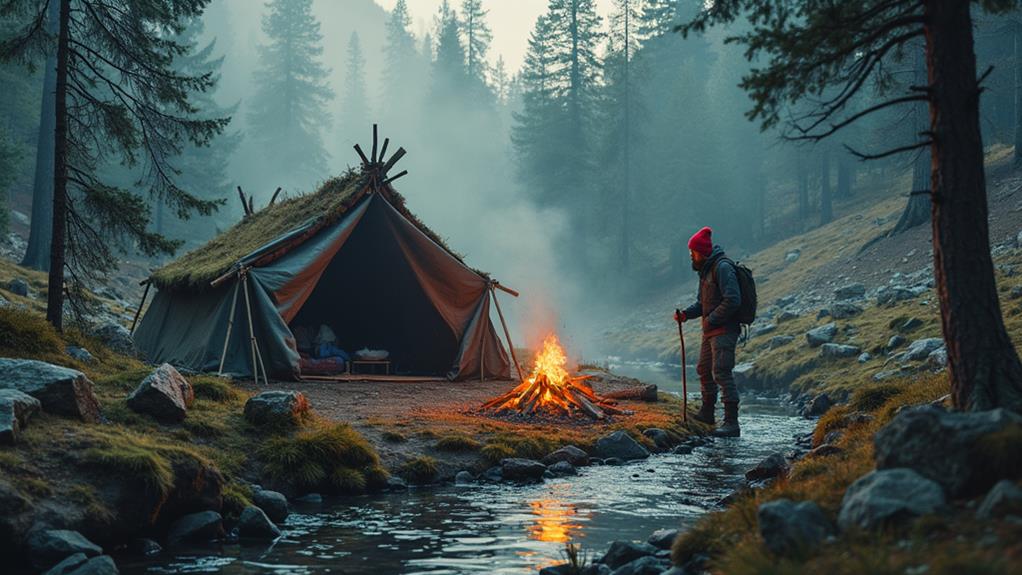
Survival stories offer invaluable lessons, providing insights that can enhance your preparedness strategies. These narratives often emphasize the Rule of Threes: you can survive three minutes without air, three hours without shelter in extreme conditions, three days without water, and three weeks without food. Understanding this rule helps you prioritize actions in emergencies.
Consider the account of a man who survived seven days in a desert with minimal water. His story highlights the crucial skill of finding and purifying water, extending survival beyond the typical three days. Similarly, other stories show that those knowledgeable about building shelters or foraging for food fare significantly better.
Mental resilience and a positive attitude are also critical. Survivors often stress that hope can push you beyond these critical time limits, making a positive mindset as essential as a survival kit.
Preparedness is key. Many survival stories underscore the importance of having the right gear and a well-thought-out plan. Whether it's a reliable water filter or a compact shelter, your preparedness efforts can make a significant difference in a crisis.

